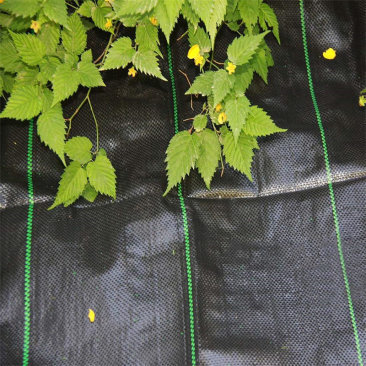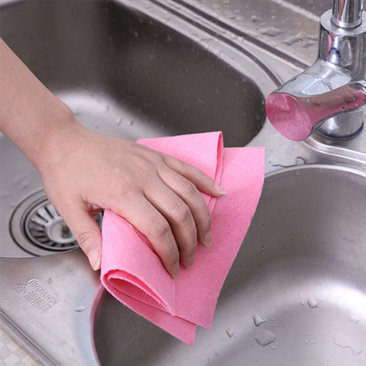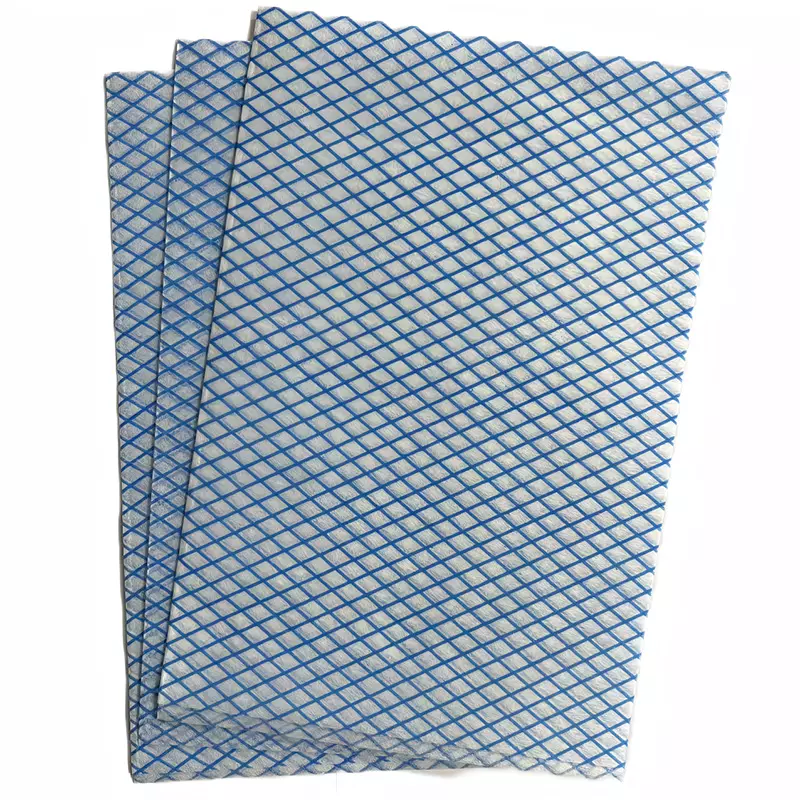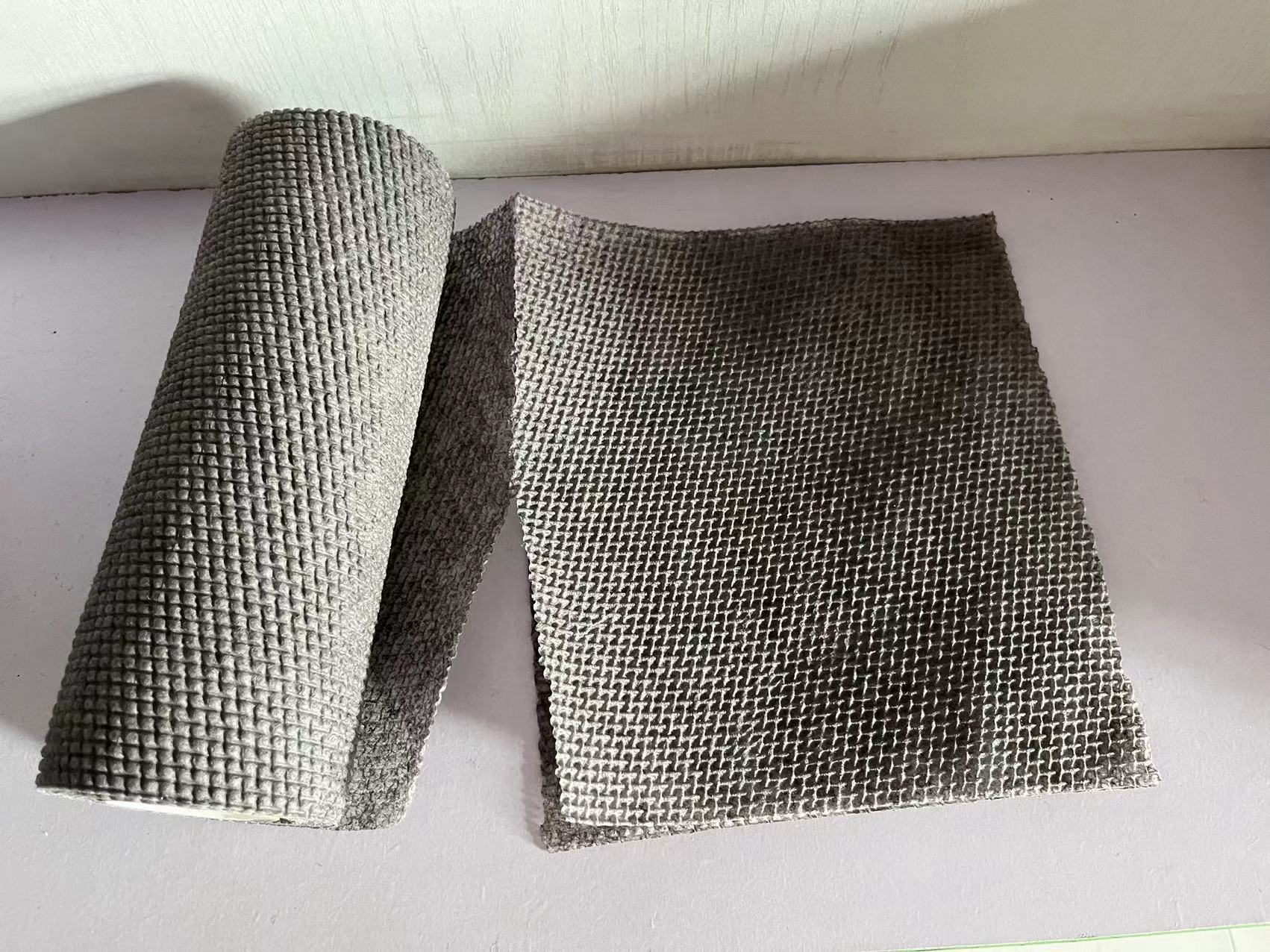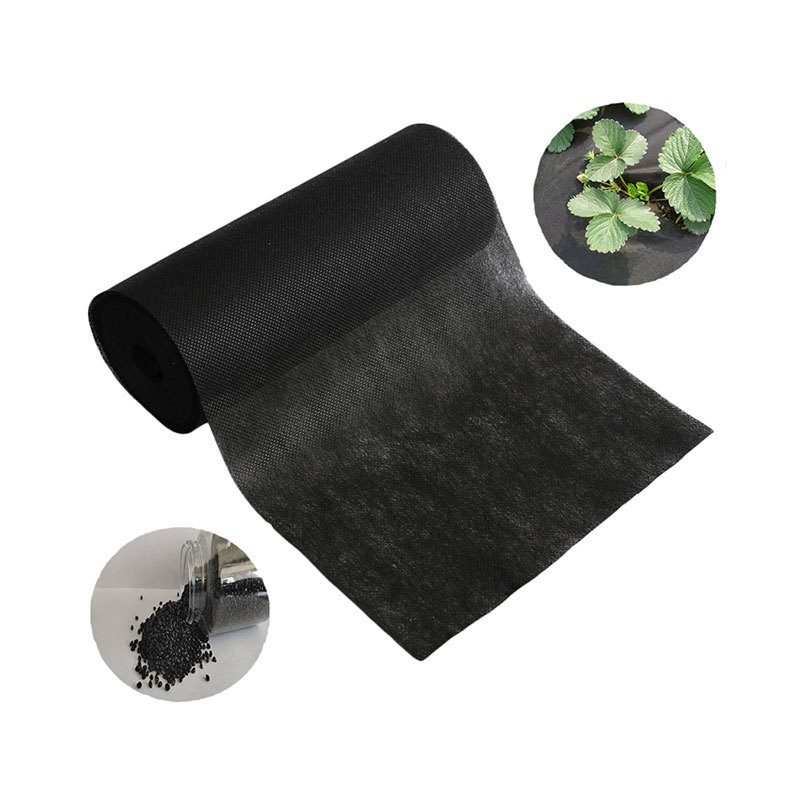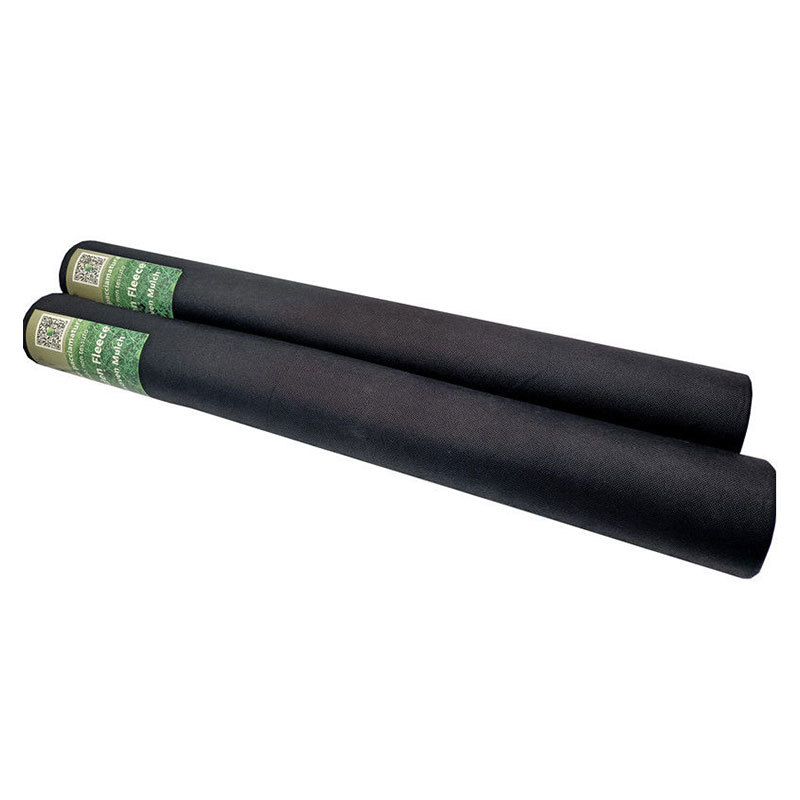29
2025
-
07
How to Select the Right Polyester Spunbond Fabric for Your Needs
How to Select the Right Polyester Spunbond Fabric for Your Needs Table of Contents 1. Introduction to Polyester Spunbond Fabric 2. Understanding Different Types of Polyester Spunbond Fabric 3. Key Characteristics of Polyester Spunbond Fabric 4. Benefits of Using Polyester Spunbond Fabric 5. Common Applications of Polyester Spunbond Fabric 6. How to Choose the Right Polyest
How to Select the Right Polyester Spunbond Fabric for Your Needs
Table of Contents
- 1. Introduction to Polyester Spunbond Fabric
- 2. Understanding Different Types of Polyester Spunbond Fabric
- 3. Key Characteristics of Polyester Spunbond Fabric
- 4. Benefits of Using Polyester Spunbond Fabric
- 5. Common Applications of Polyester Spunbond Fabric
- 6. How to Choose the Right Polyester Spunbond Fabric
- 7. Maintenance and Care of Polyester Spunbond Fabric
- 8. Sustainability Considerations
- 9. Frequently Asked Questions (FAQs)
- 10. Conclusion
1. Introduction to Polyester Spunbond Fabric
Polyester spunbond fabric is a versatile material renowned for its durability and lightweight properties. It is created through a specialized process that involves bonding polyester fibers to produce a non-woven fabric. This innovative technique results in a product that is both strong and flexible, making it suitable for a myriad of applications across various industries. Understanding the right polyester spunbond fabric for your needs is essential to maximizing its benefits and functionalities.
2. Understanding Different Types of Polyester Spunbond Fabric
When selecting polyester spunbond fabric, it is crucial to understand the different types available. Each type serves unique purposes, and knowing their distinctions can help you effectively choose the right one.
2.1 Standard Polyester Spunbond
Standard polyester spunbond is widely used for general applications. It offers good tensile strength and resistance to wear, making it suitable for items like packaging, geotextiles, and medical textiles.
2.2 Flame-Retardant Polyester Spunbond
For applications requiring fire safety, flame-retardant spunbond polyester is essential. This fabric is treated to meet specific fire safety standards, making it ideal for use in construction, automotive, and other industries where fireproof materials are required.
2.3 Biodegradable Polyester Spunbond
Sustainability is increasingly important in today's world. Biodegradable spunbond polyester is designed to break down over time, reducing environmental impact. It is often used in agriculture and disposable products.
2.4 Colored and Printed Polyester Spunbond
For aesthetic applications, colored and printed polyester spunbond fabrics allow for creative designs. These fabrics are commonly used in fashion, event planning, and interior decorations.
3. Key Characteristics of Polyester Spunbond Fabric
Understanding the key characteristics of polyester spunbond fabric is vital for making informed choices:
3.1 Durability
Polyester spunbond fabric is known for its remarkable durability. It resists tearing and can withstand various environmental conditions, making it suitable for outdoor use.
3.2 Breathability
The breathability of polyester spunbond fabric allows air and moisture to pass through, making it an excellent choice for applications requiring ventilation, such as in hygiene products.
3.3 Lightweight
Being lightweight contributes to easy handling and transport. This feature is particularly beneficial in industries where weight considerations are paramount.
3.4 Chemical Resistance
Polyester spunbond exhibits resistance to many chemicals, allowing it to be used in environments where exposure to harsh substances is a concern.
4. Benefits of Using Polyester Spunbond Fabric
The advantages of employing polyester spunbond fabric in your projects are numerous:
4.1 Cost-Effective
Polyester spunbond fabric is often more affordable than traditional woven fabrics, making it an economical choice for large-scale projects.
4.2 Versatility
Its versatility enables a wide range of applications, including medical supplies, automotive interiors, and home furnishings.
4.3 Easy to Fabricate
Polyester spunbond fabric can be easily cut, sewn, and shaped, facilitating various manufacturing processes and applications.
4.4 Eco-Friendly Options
With options such as biodegradable spunbond, there are eco-friendly alternatives available for environmentally conscious consumers.
5. Common Applications of Polyester Spunbond Fabric
Polyester spunbond fabric is utilized in diverse applications, including:
5.1 Medical Textiles
In the medical field, polyester spunbond is used for surgical drapes, gowns, and masks due to its barrier properties and breathability.
5.2 Agriculture
Agricultural applications include weed control fabrics, crop covers, and protective nets, demonstrating the fabric's strength and effectiveness in field conditions.
5.3 Home and Interior Design
In home décor, polyester spunbond is employed for curtains, upholstery, and cushions, providing aesthetic appeal and functionality.
5.4 Packaging Solutions
Polyester spunbond fabric is frequently used in packaging for its durability and lightweight nature, commonly found in bags and wrapping materials.
6. How to Choose the Right Polyester Spunbond Fabric
Choosing the right polyester spunbond fabric requires careful consideration of several factors:
6.1 Identify Your Needs
Determine the specific requirements of your project, including strength, weight, and application type. Understanding your needs will guide your selection process.
6.2 Assess Environmental Conditions
Consider the environmental factors the fabric will be exposed to, such as moisture, temperature, and potential chemical contact.
6.3 Evaluate Fabric Specifications
Review the specifications of the fabric, including thickness, weight per unit area, and any special treatments, such as flame retardancy or UV resistance.
6.4 Seek Professional Advice
Engaging with suppliers or industry experts can provide valuable insights into the best fabric choices for your needs.
7. Maintenance and Care of Polyester Spunbond Fabric
Caring for polyester spunbond fabric is straightforward:
7.1 Cleaning
Most polyester spunbond fabrics can be machine washed, but it’s advisable to follow the manufacturer's instructions for specific cleaning guidelines.
7.2 Storage
Store polyester spunbond fabric in a cool, dry place away from direct sunlight to prevent degradation over time.
7.3 Repairing and Reusing
Due to its durability, polyester spunbond can often be repaired rather than replaced, promoting sustainability and cost-effectiveness.
8. Sustainability Considerations
As the importance of sustainability continues to rise, polyester spunbond fabric manufacturers are increasingly focusing on eco-friendly practices:
8.1 Recycled Polyester
Many manufacturers are now producing spunbond fabric from recycled polyester, contributing to waste reduction and promoting a circular economy.
8.2 Biodegradable Options
The introduction of biodegradable polyester spunbond fabric offers a sustainable alternative for those looking to minimize their environmental footprint.
8.3 Energy-Efficient Production
The production processes for polyester spunbond are evolving, with a focus on reducing energy consumption and minimizing environmental impact.
9. Frequently Asked Questions (FAQs)
9.1 What is polyester spunbond fabric?
Polyester spunbond fabric is a non-woven fabric made from bonded polyester fibers, known for its durability and versatility.
9.2 How is polyester spunbond produced?
The production involves melting polyester pellets and spinning them into fibers which are then bonded together to create the fabric.
9.3 What are the main benefits of using polyester spunbond fabric?
Benefits include durability, cost-effectiveness, versatility in applications, and options for eco-friendly materials.
9.4 Can polyester spunbond fabric be recycled?
Yes, many polyester spunbond fabrics can be recycled, especially those made from recycled fibers, contributing to a more sustainable approach.
9.5 How can I clean polyester spunbond fabric?
Most polyester spunbond fabrics can be machine washed, but it’s important to follow the care instructions provided by the manufacturer.
10. Conclusion
Selecting the right polyester spunbond fabric requires a comprehensive understanding of the material’s characteristics, benefits, and applications. By assessing your specific needs, environmental conditions, and fabric specifications, you can make an informed choice that contributes to the success of your project. Whether it’s for medical, agricultural, or home applications, polyester spunbond fabric offers a reliable solution tailored to your requirements. Embrace the versatility of this remarkable material and reap the benefits it brings to your endeavors.
polyester spunbond fabric


